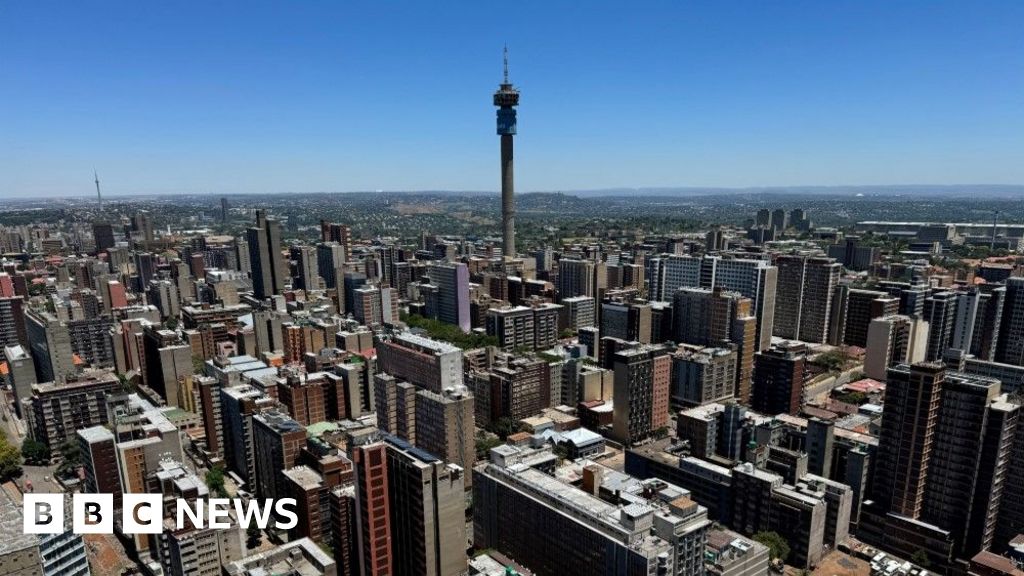Norway's Supreme Court is deliberating on a case that could grant local control over a vast area in the country's far north — and set a groundbreaking precedent for Indigenous land rights in Europe.
The case will determine whether the largely Indigenous Sámi municipality of Karasjok will get collective ownership over its roughly 5,450 square kilometres of land — the second-largest municipal area in Norway and one of the most productive in terms of natural resources.
The Sámi are Europe's only formally recognized Indigenous group, with traditional territories spanning the national borders of Finland, Norway, Sweden and Russia. Across traditional territories in four Arctic nations, Sámi communities are already engaged in high-profile conflicts over land as the appetite for industrial projects on their territories appears to be ever-rising.
Within the northern coastal area known today as Finnmark, a county roughly the size of Nova Scotia, decisions about land are currently made by a private company, jointly managed by Sámi and a local public government. If the court decides for Karasjok, the community will achieve direct, local control over development decisions in their territory — and call the future of the existing system into doubt.
The case has already proven deeply divisive, with warring op-eds claiming a victory for Karasjok, which has a population of around 2,500 in an area roughly the size of the Greater Toronto Area, would turn neighbour against neighbour and even compromise national security.
But experts say the case parallels those in Canada that launched the modern Indigenous land claim process, and could have further implications for Indigenous land rights in Norway and across Europe.
"It might be all of Finnmark by the end," said Oyvind Ravna, a professor of law at the Arctic University of Norway in Tromsø. "You don't have to go far back in time to see that all of Finnmark, apart from the main towns, is Sámi land."
Contested history
At issue in Karasjok is whether the Kingdom of Norway ever established legal title over the lands of Finnmark, which formed a part of the heartland of the Sámi people long before the country took control of the area in the early 18th century.
For millennia, the Indigenous Sámi people have hunted, fished and herded reindeer across a broad swath of Arctic territory from modern day Russia to Norway. But whether the Sámi can claim legal ownership of their traditional territory hinges on much more recent history.
The area known today as Finnmark, where Norway's coastline curves toward Russia, has only been claimed by Norway since it was transferred from Sweden in 1751. Even then, it is not clear from records whether the Norwegian state expected actual ownership rights or simply an extension of the king's sovereignty. No treaties were ever signed with the S ámi, Ravna notes, and the first mention of "state land" in a law does not occur until 1848.
LISTEN | Member of Sámi Parliament discusses Norway's Truth and Reconciliation report: Trail's End11:41Interview with Runar Myrnes Balto, a member of the Sámi Parliament of Norway, about the Norway's Truth and Reconciliation report,
Still, for centuries, Norwegians carried out programs of forced assimilation aimed at the Sámi, suppressing languages and customs and denying many of them property rights in their own lands. That history, experts say, has long muddied the waters of identity and ownership in Finnmark.

"The history of land ownership in Norway is very similar to other Indigenous peoples' areas," said Rune Fjellheim, a Sámi politician from Karasjok who helped convene the local parties to the case.
"You meet a people that you first of all don't recognize as as good as you, and you disregard their legal system, established practices and ownership traditions and, in that sense, fundamentally disregard their right to the resources in the area."
Background to the case
In the 1990s, after decades of Sámi advocacy, Norway began negotiating with the newly created Sámi Parliament — a democratically elected Sámi assembly that deals with all matters concerning the Sámi people in Norway — to address calls for land rights and self-government in compliance with international law.
In 2006, that resulted in the Finnmark Act, which created a company called the Finmark Estate to manage the lands of the North. Management of the company would be split evenly between appointees of Norway's Finnmark County, a public government, and those appointed by the Sámi Parliament.
But fearing that Norway would treat the Finnmark Act as "the end of the rights discussion," Fjellheim said, Sámi negotiators also pushed for the creation of another body, the Finnmark Commission, that would "thoroughly investigate all historical claims … to the ownership of various areas of Finnmark."

In 2019, that commission found, by a narrow majority, that the largely Sámi Municipality of Karasjok had never ceded title to a territory comprising more than 5,000 square kilometres, representing over 10 per cent of FeFo's lands and millions of dollars in annual income.
FeFo's board initially accepted the findings when it was chaired by a Sámi member. But when the chairmanship passed to a Finnmark County appointee in 2020, it changed direction and decided to challenge the finding in court.
That lower court found for the Municipality of Karasjok by another narrow majority, concluding that the Indigenous municipality owns the land, and sending shockwaves through the communities of Finnmark's northern coast.
What's at stake
Currently under the Finnmark Act, any resident has equal rights to hunting, fishing and foresting across the entire territory. Karasjok remains a popular destination for moose and grouse hunting and is home to a third of Finnmark's most productive forests.

The decision prompted fears that Karasjok would withdraw those rights for residents of Finnmark's mostly non-Indigenous coastal communities. In another split decision, FeFo's board decided to appeal the case to the Supreme Court.
"We believe that the Sami people and other Finnmarkings have jointly used the whole of Finnmark," a page on FeFo's company website explaining the appeal reads. "The Finnmark Commission divides this community without there being a historical basis for it."
Echoes of Canada's land claim process
For Aaron John Spitzer, an associate professor in comparative politics at Norway's University of Bergen, the case now before Norway's Supreme Court brings up many of the same questions about the land claims of colonial powers that were at the heart of Canada's 1973 Calder case.
That case saw Nisga'a First Nation in B.C. argue that it had never ceded title to its territory. Though the case was thrown out on a technicality, the Supreme Court's findings prompted the federal government to set in motion the modern land claims process.
WATCH | Yukon marks 50th anniversary of land claim accepted by Ottawa for negotiation: 
Historic land claim settlement paved way for Indigenous rights
"This will be the first time in Norway where any substantial area of land is going to be subjected to the same kind of question," Spitzer said. "Is there such a thing as collective Indigenous ownership of a piece of territory, or did that somehow go away?"
If the case is decided for Karasjok, it is likely that several other municipalities in the Sámi heartland will launch similar claims for local control. "This is an area of about 20,000 square kilometres," Spitzer said, "as big as Slovenia or Israel — so, a small state."
There is no clear indication yet what that collective ownership will look like. FeFo has so far ruled out continuing to manage the land on their behalf. It's possible, Spitzer says, that the Sámi regions could join together to create their own management board, ruling on fishing, harvesting and development rights across a large swath of Inner Finnmark.

If that happens, FeFo will lose much of its most valuable territory, and perhaps even its reason for being. But if FeFo wins, Spitzer said, the Finnmark Commission — the body demanded by Sámi negotiators and charged with settling the land claims process — "will have been effectively neutered." That may call the legitimacy of the Finnmark Act into question — and plunge the country once again into negotiations between the government and Sámi Parliament.
"In some sense you have two pieces of the Finnmark Act fighting against one another," he said. "One of them is going to fail."
To rule on the case, the Supreme Court has expanded its panel of judges to 11 members from the usual five. With more than 20,000 pages of material to review, there is no clear timeline for a decision, though it is expected to come before the end of the summer.

 9 months ago
31
9 months ago
31









